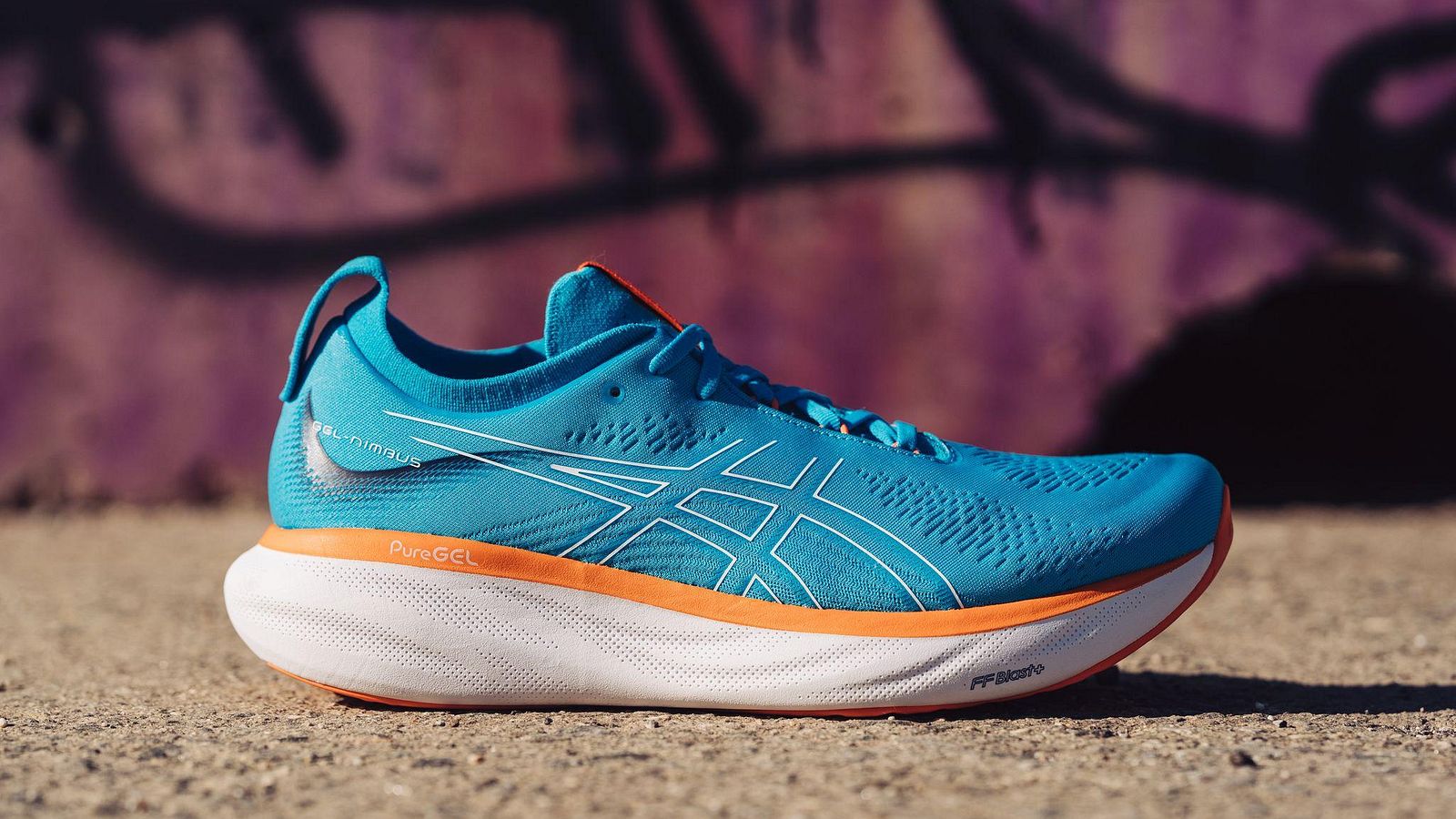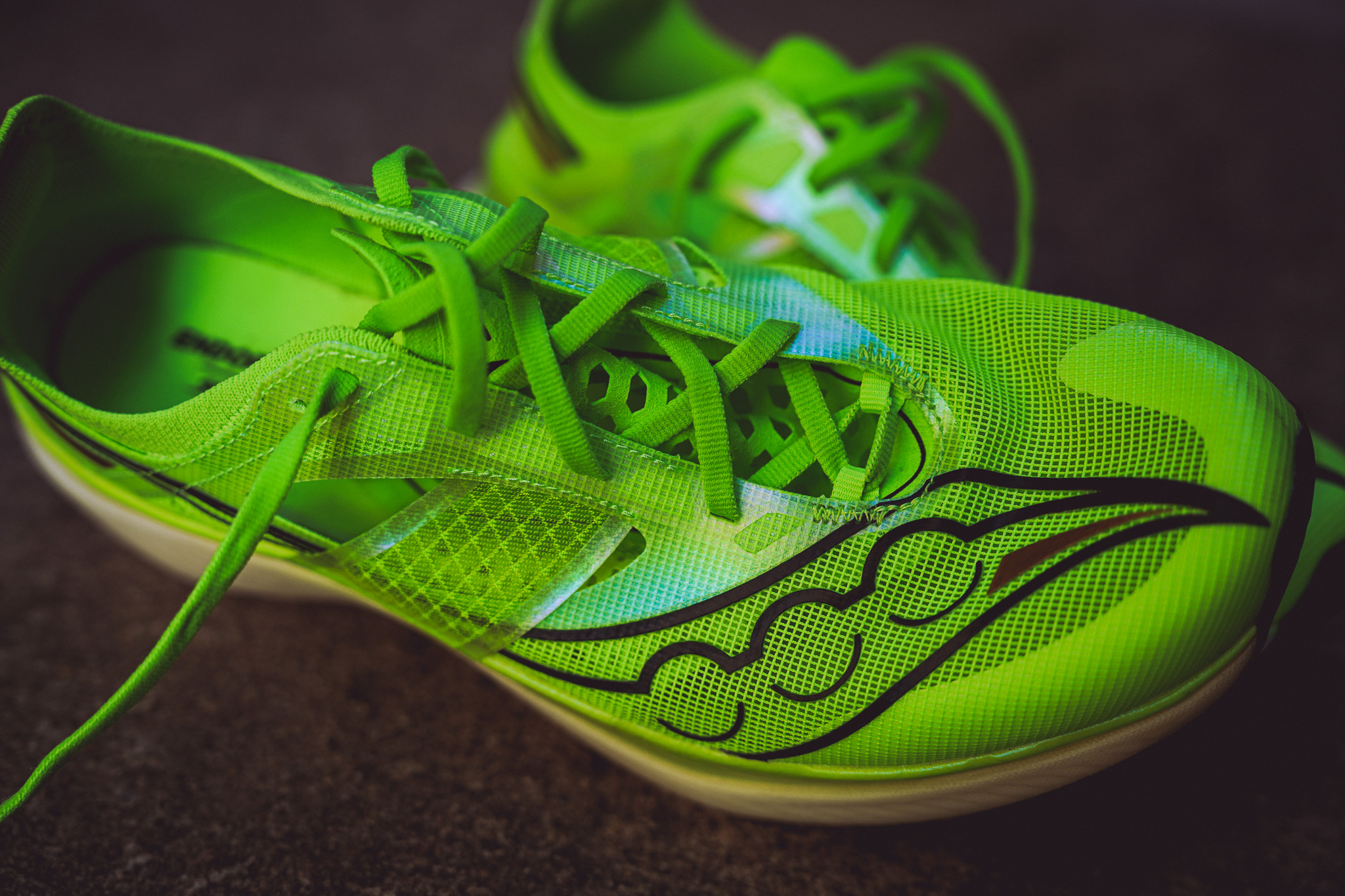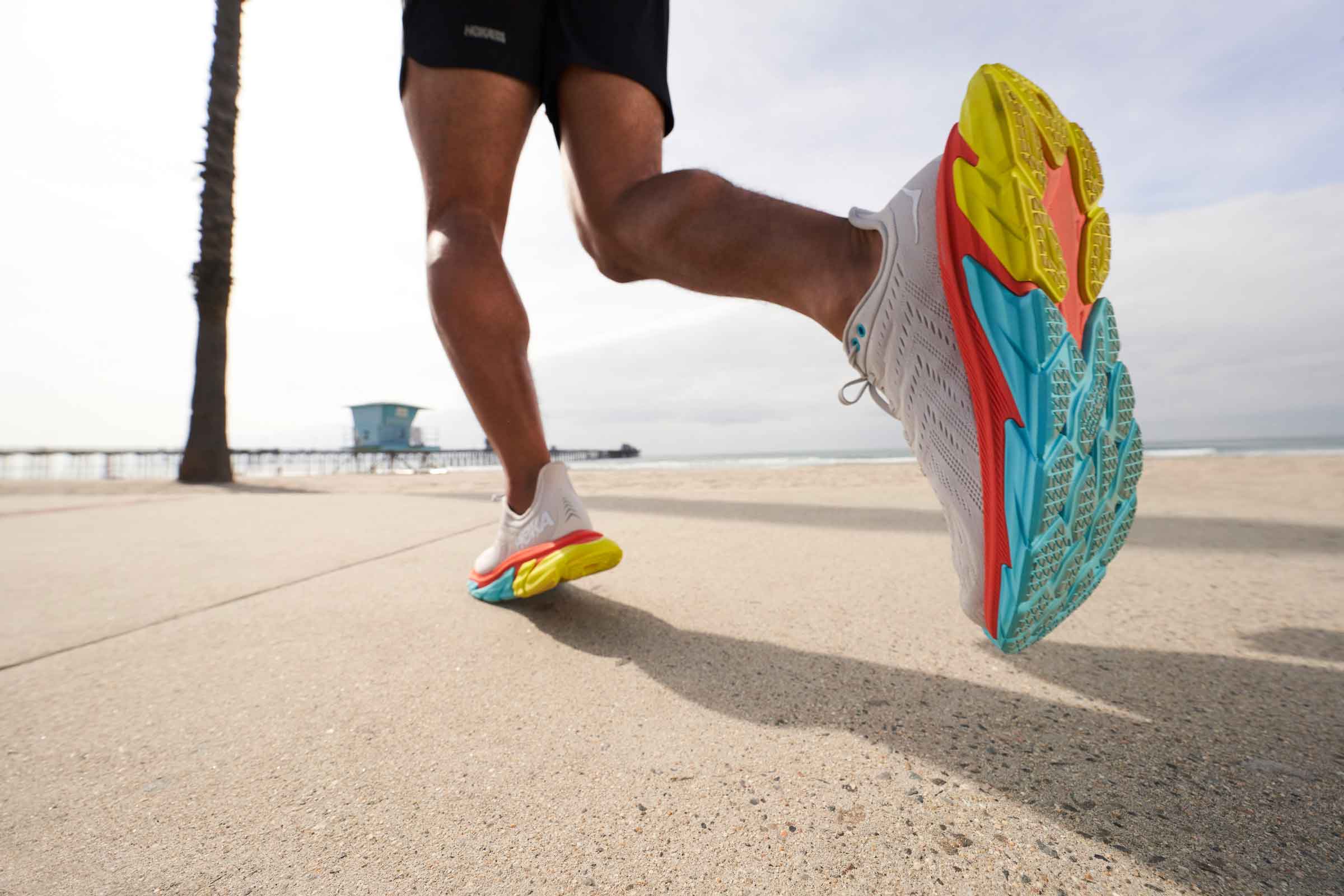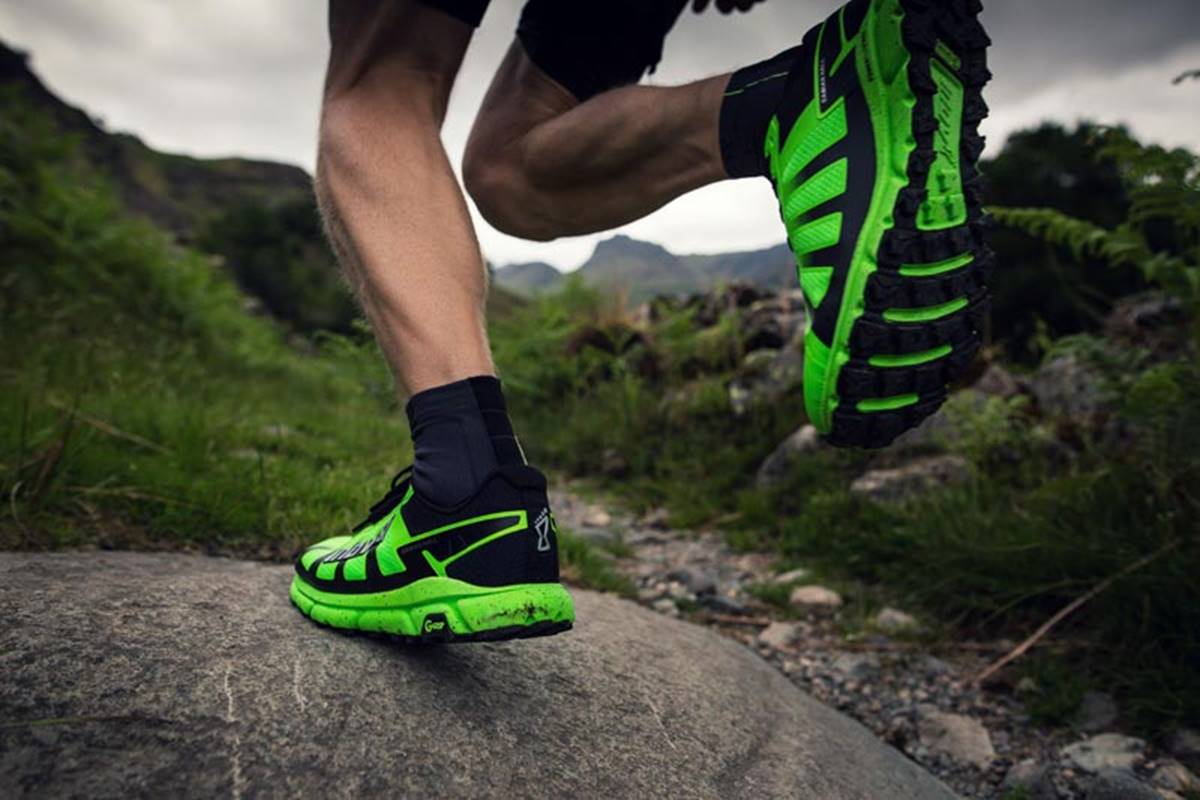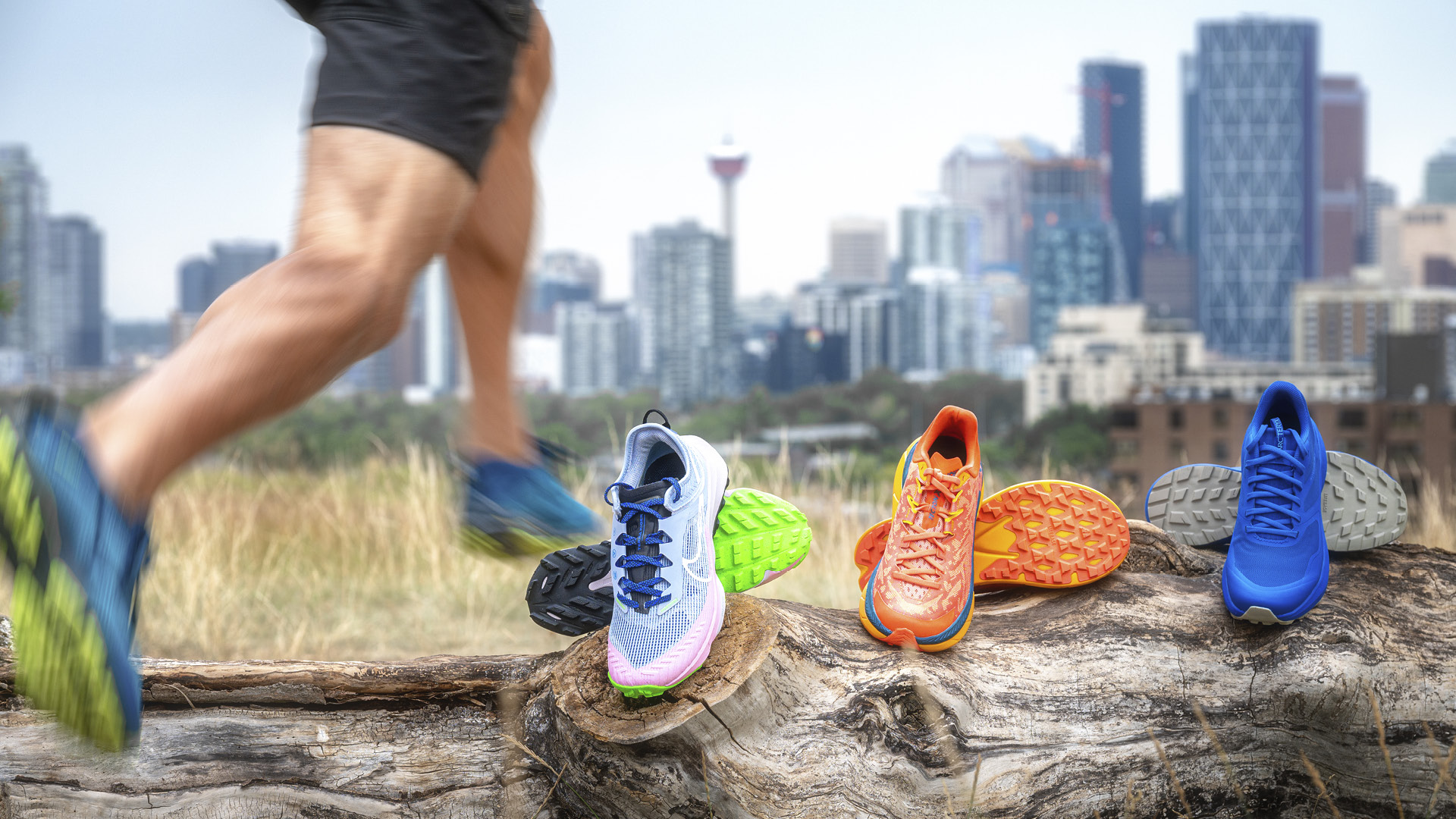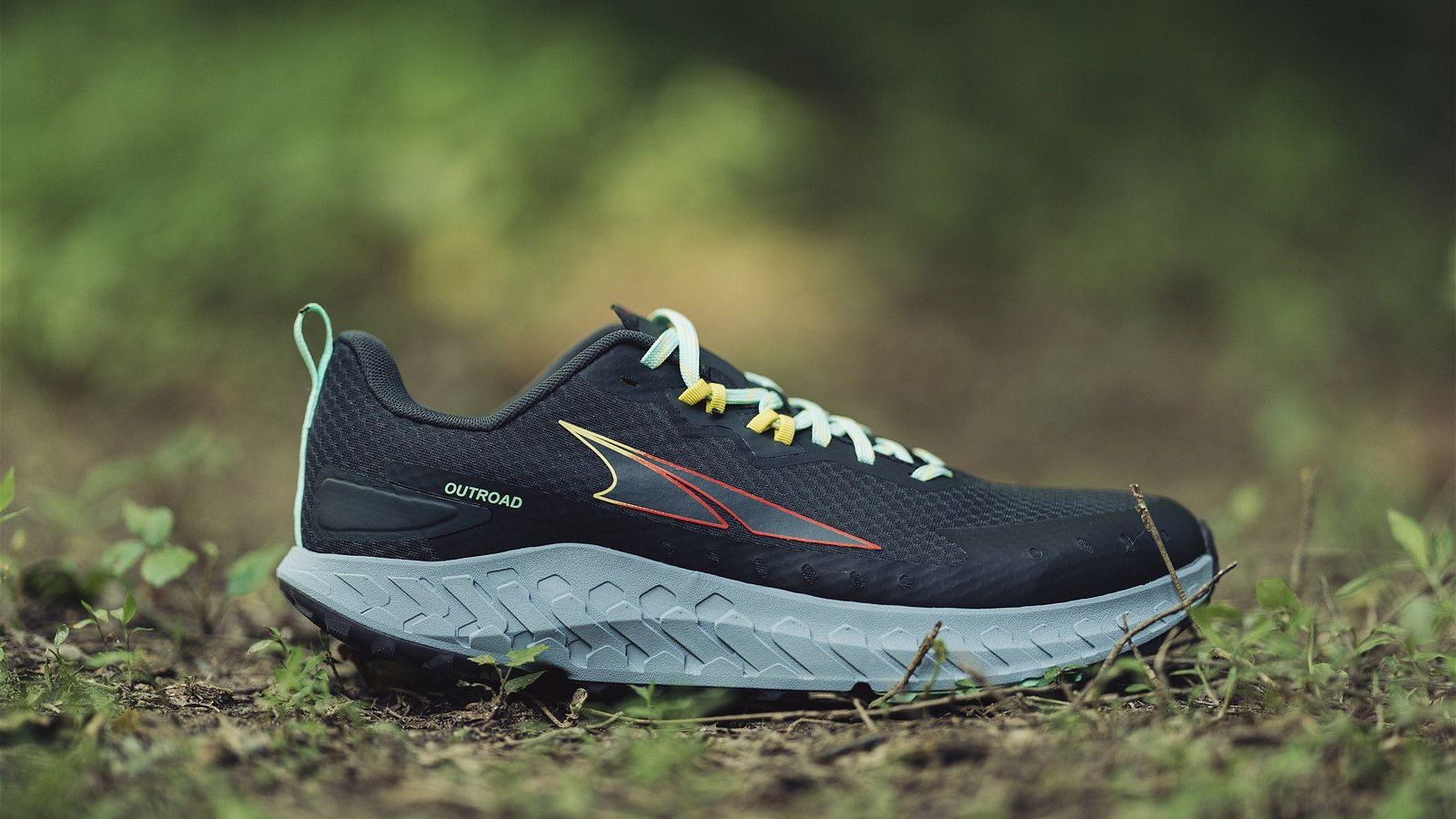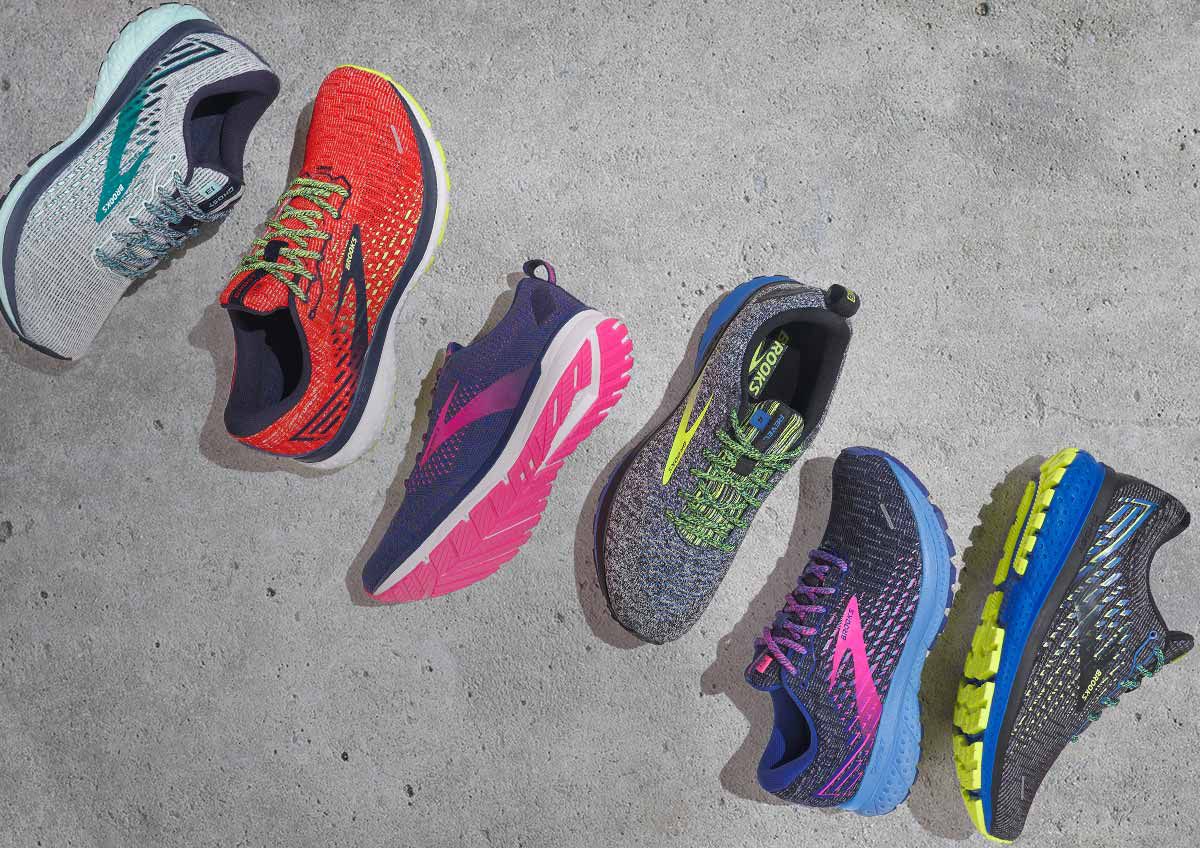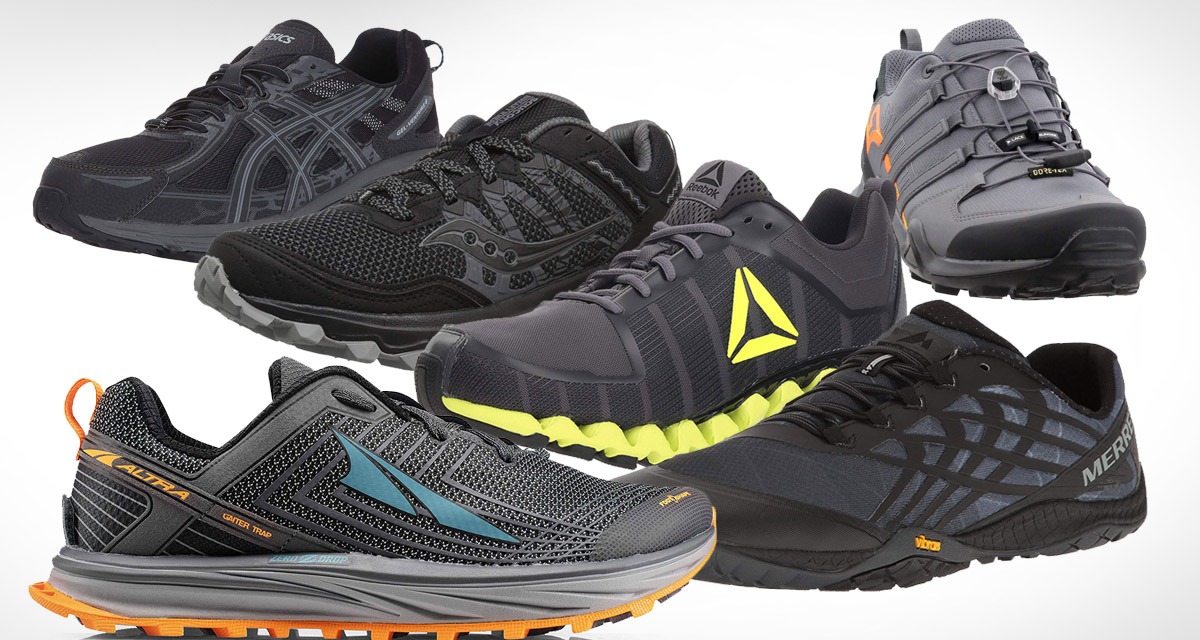

Featured
How Long Should Trail Running Shoes Last
Modified: August 19, 2023
Discover how long trail running shoes should last and get helpful tips to ensure your featured pair of shoes stay in top condition.
Introduction
Trail running is an exhilarating and challenging outdoor activity that allows you to connect with nature while pushing your physical limits. As any seasoned trail runner knows, having the right gear is crucial, and one of the most important pieces of equipment is a reliable pair of trail running shoes.
Trail running shoes are specifically designed to provide traction, stability, and protection on uneven and unpredictable terrains. They are built with durable materials and advanced technologies to withstand the harsh conditions of off-road running. However, even the best trail running shoes have a limited lifespan and will eventually wear out.
Understanding how long your trail running shoes should last is essential for maintaining optimal performance and preventing injuries. In this article, we will explore the factors that affect the lifespan of trail running shoes, the typical duration of their usage, signs that indicate it’s time to replace them, and tips for prolonging their longevity.
So, whether you’re a beginner or an experienced trail runner, it’s important to stay informed about the longevity of your shoes to ensure a safe and enjoyable running experience. Let’s dive in and discover more about the lifespan of trail running shoes.
Factors Affecting the Lifespan of Trail Running Shoes
The lifespan of trail running shoes can vary depending on several factors. Understanding these factors can help you make informed decisions about when to replace your shoes and how to maximize their durability. Here are the key factors that can affect the lifespan of your trail running shoes:
- Running Style and Frequency: Your running style and the frequency of your runs play a significant role in determining how quickly your shoes will wear out. If you’re an avid trail runner who logs many miles each week, your shoes may wear out more quickly than someone who runs infrequently or on less challenging terrains. The continuous impact and stress placed on the shoes during intense trail running can accelerate the wear and tear process.
- Terrain: The type of terrain you frequently run on can significantly impact the lifespan of your trail running shoes. Rough and rocky terrains, muddy trails, and uneven surfaces can put more strain on your shoes, causing the outsole to wear down faster, and the midsole to compress more rapidly. If you often encounter abrasive surfaces or sharp rocks, the lifespan of your shoes may be reduced.
- Shoe Construction and Quality: The construction and quality of your trail running shoes are essential factors in determining how long they will last. High-quality shoes with durable materials, reinforced toe caps, and robust outsoles tend to have a longer lifespan. Additionally, shoes with proper cushioning and support can withstand more impact and provide better protection for your feet.
- Maintenance and Care: How well you maintain and care for your trail running shoes can significantly impact their lifespan. Regularly cleaning off dirt and debris, allowing them to dry properly after each run, and storing them in a cool and dry place can help extend their longevity. Proper maintenance also includes replacing worn-out insoles or laces when necessary.
- Weight: Your body weight plays a role in the durability of your trail running shoes. Heavier runners tend to put more pressure on the shoes, which can lead to faster wear and tear. It’s important to choose shoes that are suitable for your weight and provide the necessary support and cushioning.
By considering these factors and adjusting your running habits accordingly, you can help prolong the lifespan of your trail running shoes. However, it’s important to keep in mind that even with proper care, trail running shoes will eventually wear out and need to be replaced.
Typical Lifespan of Trail Running Shoes
The lifespan of trail running shoes can vary depending on various factors, as discussed earlier. While it is challenging to provide an exact timeframe for how long your shoes will last, there are some general guidelines to consider.
On average, trail running shoes can last anywhere from 300 to 500 miles of running. However, keep in mind that this is just an estimate, and individual experiences may vary. The durability of your shoes will depend on your running style, the terrain you run on, the shoe construction and quality, your weight, and the amount of maintenance and care you provide.
For avid trail runners who hit the trails frequently and log high mileage, their shoes may need to be replaced more often, possibly every 3-4 months. However, for occasional trail runners or those who primarily run on less demanding terrains, the shoes may last longer, potentially up to 6-12 months.
It’s important to pay attention to the signs that indicate your shoes are worn out and no longer providing adequate support and protection. Look for visible wear on the outsole, such as flattened lugs or deep treads that have worn down. Inspect the midsole for signs of compression or loss of cushioning. If you notice any cracks, tears, or significant damage to the shoe’s upper, it’s time to consider replacing them.
Additionally, pay attention to how your shoes feel during your runs. If you start experiencing discomfort, pain, or a lack of stability that you didn’t have before, it may be due to the deteriorating condition of your shoes. Properly functioning trail running shoes should provide stability, traction, and cushioning to keep your feet comfortable and protected.
Remember, these are just general guidelines, and it’s essential to listen to your body and take note of any signs that indicate your shoes may need to be replaced sooner. Everyone’s running habits and shoe lifespan will vary, so trust your instincts and replace your shoes when they no longer meet your needs.
Signs That Indicate It’s Time to Replace Your Trail Running Shoes
To ensure a safe and comfortable trail running experience, it’s important to know when it’s time to replace your trail running shoes. While the exact lifespan of your shoes can vary, there are several signs that indicate they may need to be replaced. Here are the key indicators:
- Visible Wear on the Outsole: Take a look at the outsole of your shoes. If you notice significant wear, such as flattened lugs or deep treads that have worn down and lost their grip, it’s a clear sign that your shoes are reaching the end of their lifespan. The outsole is crucial for providing traction and stability on various terrains, so worn-out treads can compromise your safety.
- Loss of Cushioning and Support: Over time, the midsole of your trail running shoes will naturally compress and lose its cushioning properties. If you start experiencing a lack of comfort or notice that the shoes no longer provide adequate shock absorption, it’s a sign that the midsole has worn down. This can lead to increased discomfort and a higher risk of developing foot and leg injuries.
- Deteriorated Upper: The upper part of your trail running shoes should provide a secure and supportive fit. If you notice any tears, cracks, or significant damage to the upper material, it can compromise the shoe’s integrity and performance. Damaged uppers can lead to instability, lack of support, and increased risk of injury, so it’s important to replace them in such cases.
- Unusual Discomfort or Pain: Pay attention to any discomfort or pain you experience while running. If you start feeling increased pressure, soreness, or develop new aches and pains, it could be an indication that your shoes are no longer providing sufficient support or cushioning. Running in worn-out shoes can lead to overuse injuries and negatively impact your performance.
- Increased Instability: Trail running shoes are designed to provide stability on uneven and varying terrains. If you notice a decrease in stability, such as increased ankle rolls or instability during your runs, it may be a sign that your shoes have lost their supportive structure. Running in unstable shoes can increase the risk of sprains or other ankle injuries.
It’s important to remember that these signs are general indicators, and it’s essential to listen to your body and assess the condition of your shoes regularly. If you notice any of these signs or have concerns about the integrity of your trail running shoes, it’s better to err on the side of caution and replace them. Investing in a new pair of shoes will not only provide a better running experience but also help prevent potential injuries that can result from wearing worn-out shoes.
Tips for Prolonging the Lifespan of Your Trail Running Shoes
While trail running shoes have a limited lifespan, there are steps you can take to maximize their durability and prolong their lifespan. By following these tips, you can get the most out of your shoes and ensure optimal performance throughout their usage:
- Rotate Your Shoes: Alternate between two or more pairs of trail running shoes. This allows for proper drying and recovery time between runs, reducing the overall wear and tear on each pair.
- Choose the Right Shoes for the Terrain: Select trail running shoes that are appropriate for the type of terrain you will be running on. Different terrains require different shoe features and levels of durability. For example, if you frequently run on rocky or technical trails, choose shoes with reinforced toe caps and durable outsoles.
- Properly Fit Your Shoes: Ensure that your trail running shoes fit properly. A snug and secure fit will help prevent excessive movement and friction that can lead to premature wear and tear. Consider getting professionally fitted if you’re unsure about your shoe size or if you have specific foot needs.
- Take Care of the Upper: Clean your shoes regularly to remove dirt, mud, and debris. Use a soft brush or cloth and mild soap to gently clean the upper material. Avoid using harsh chemicals or machine washing, as this can damage the shoes. Proper cleaning and maintenance can prevent the upper from deteriorating quickly.
- Allow for Proper Drying: After each run, remove any excess moisture from your shoes by removing the insoles and loosening the laces. Then, allow your shoes to air dry naturally in a well-ventilated area. Avoid exposing them to direct heat sources, as this can damage the materials.
- Replace Worn-Out Insoles: Over time, the insoles of your trail running shoes may lose their cushioning and support. Consider replacing them with new ones to extend the lifespan of your shoes and maintain optimum comfort.
- Store Your Shoes Properly: When you’re not using your trail running shoes, store them in a cool and dry place. Avoid leaving them in damp or hot environments, as this can cause the materials to deteriorate more quickly. Proper storage helps preserve the integrity of the shoes when they’re not in use.
- Know When to Replace: Pay attention to the signs we mentioned earlier that indicate it’s time to replace your trail running shoes. Don’t wait until your shoes are completely worn out or causing discomfort before getting a new pair. Regularly assess their condition and retirement, especially if you’re putting in high mileage or running on challenging terrains.
By following these tips, you can prolong the lifespan of your trail running shoes and ensure they continue to provide the necessary support and protection. While it’s inevitable that they will eventually need to be replaced, proper care and maintenance can help you get the most out of your investment.
Conclusion
Trail running shoes are an essential piece of gear for any trail runner, providing traction, stability, and protection on unpredictable terrains. Understanding the lifespan of your trail running shoes is crucial for maintaining optimal performance and preventing injuries.
Factors such as running style and frequency, terrain, shoe construction, maintenance and care, and weight can significantly impact the durability of your shoes. While it’s challenging to provide an exact timeframe, on average, trail running shoes can last from 300 to 500 miles.
However, it’s important to pay attention to signs that indicate it’s time to replace your shoes. Visible wear on the outsole, loss of cushioning and support, a deteriorated upper, unusual discomfort or pain, and increased instability are all clear indications that your shoes have reached the end of their lifespan.
To prolong the lifespan of your trail running shoes, consider rotating between multiple pairs, selecting shoes suitable for the terrain, ensuring a proper fit, taking care of the upper, allowing for proper drying, replacing worn-out insoles, and storing them correctly.
Remember that the lifespan of trail running shoes is subjective and can vary. It’s important to listen to your body, regularly assess the condition of your shoes, and replace them when necessary. Investing in a new pair of shoes will not only enhance your trail running experience but also help prevent injuries and ensure your safety on the trails.
So lace up, hit the trails, and enjoy the exhilarating adventure knowing that you’re equipped with reliable trail running shoes that will support you every step of the way.


